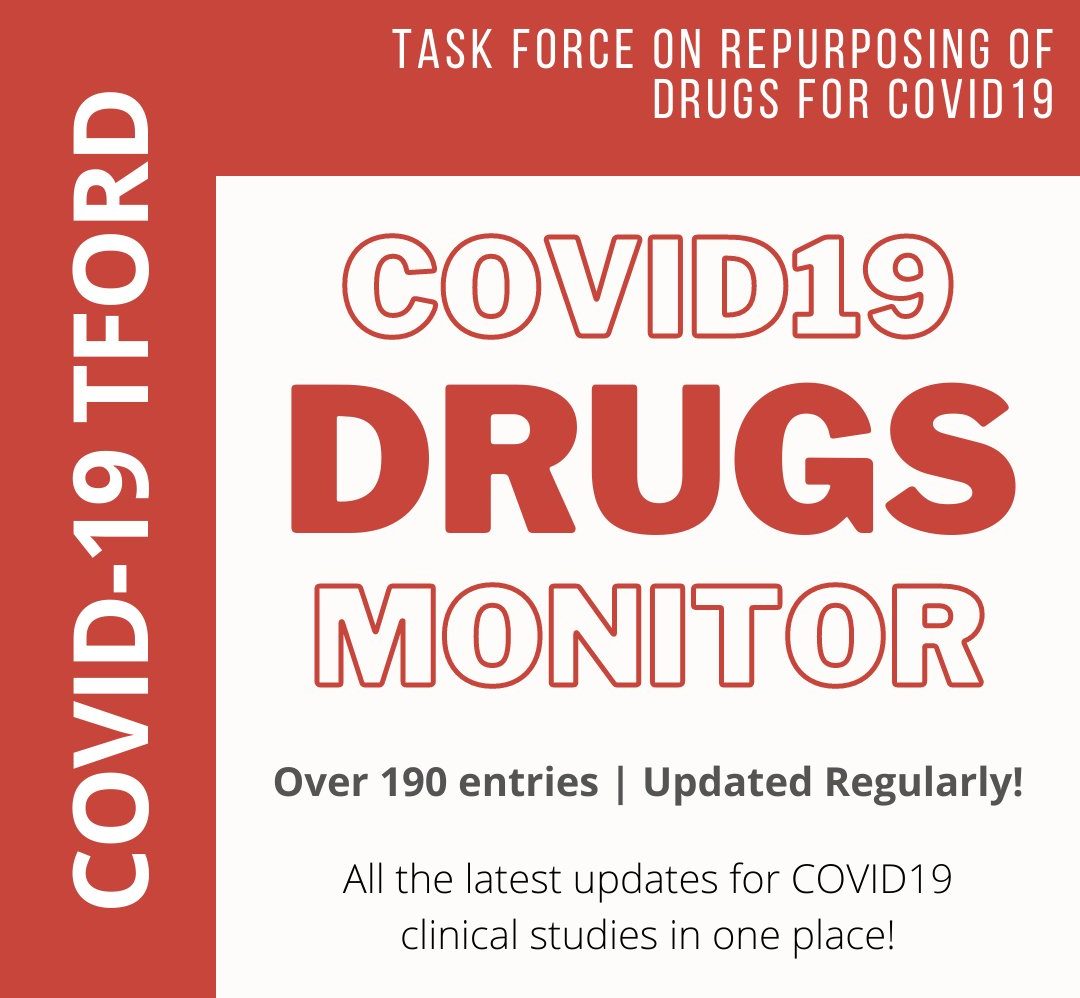(23 June 2020) Tocilizumab- associated with lower mortality, when intubated patients were excluded
Outcomes in Patients with Severe COVID-19 Disease Treated with Tocilizumab – A Case- Controlled Study
https://doi.org/10.1093/qjmed/hcaa206
We conducted a in patients with disease treated with tocilizumab. Disease severity was defined based on the amount of oxygen supplementation required. The primary endpoint was the overall mortality. Secondary endpoints were mortality in non-intubated patients, and mortality in intubated patients.
A total of 193 severe to critical COVID-19 patients were included in this retrospective, case-control, single-center study. 96 patients received tocilizumab, while 97 served as control group. The mean age was 60 years. More patients in the tocilizumab group reported fever, cough, and shortness of breath (83%, 80%, and 96% versus 73%, 69%, and 71%, respectively). There was a non-statistically significant lower mortality in the treatment group (52% versus 62.1% P = 0.09). When excluding intubated patients, there was statistically significant lower mortality in patients treated with tocilizumab (6 vs. 27% P = 0.024). Bacteremia was more common in the control group (24% vs 13% P = 0.43), while fungemia was the similar for both (3% vs 4% P = 0.72). Study showed a non-statistically significant lower mortality in patients with severe to critical COVID-19 disease who received tocilizumab. When intubated patients were excluded, the use of tocilizumab was associated with lower mortality.
